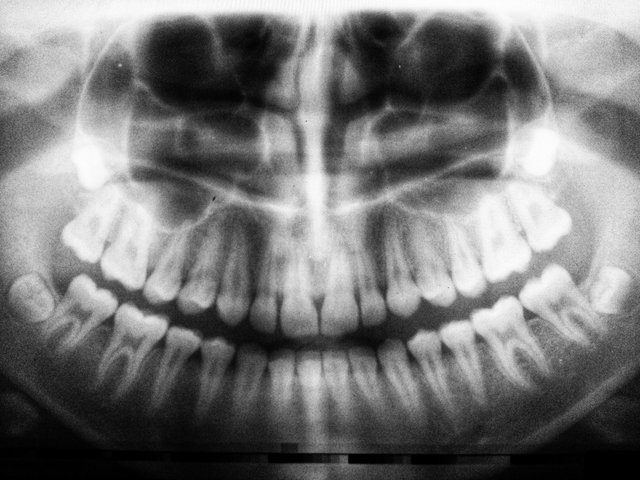How Do You Fight Gingivitis?

Gingivitis is a bacterial gum infection, if left untreated, it can become periodontitis. Gingivitis and periodontal disease can cause tooth loss. A lack of oral hygiene and dental care, plaque, and cavities provoke the appearance of gingivitis.
Symptoms of Gingivitis
Many people are unaware that they have gingivitis. This disease can often be symptomless. However, the following can be symptoms of gingivitis:
Causes of Gingivitis
The most common cause of gingivitis is a lack of oral hygiene that helps plaque to form on teeth, this provokes inflammation of the surrounding tissues and can lead to their destruction. It can progress to destruction of the periodontal attachment apparatus.
Other causes of gingivitis:
How to Fight Gingivitis?
You must follow proper oral hygiene to treat this disease. You should also regularly check your health, including heart, liver, pancreas, hormonal levels, and of course maintain your immune system in a good condition. Other ways to treat gingivitis include:
Medications
For gingivitis treatment can be used:
Surgery
Gingivectomy is a surgical procedure in which a dentist cuts away gingiva (gum tissue). Gingivectomy needs to be done before gum disease has damaged the bone supporting the teeth.
The doctor will start with a local anesthetic to numb your gums and roots of the teeth. Sedation is usually also available if you feel anxious or have difficulty sitting still. He or she can use a scalpel or a laser for removing loose gum tissue. After that, the dentist will put a temporary putty over the gum line to protect the gums while they heal.
A gingivectomy procedure is necessary when the gums have pulled away from the teeth and created deep pockets. These pockets make it hard to clean away the plaque.
Following a gingivectomy, patients will experience minor irritation and soreness of the gums as they heal. This is temporary and can be addressed with the use of recommended painkillers. Patients should eat soft foods and avoid chewing with the portion of the mouth that was worked on. Also, they need to make some modifications to their flossing and brushing routine to avoid disturbing the treatment area. The gums usually heal within a few weeks.
